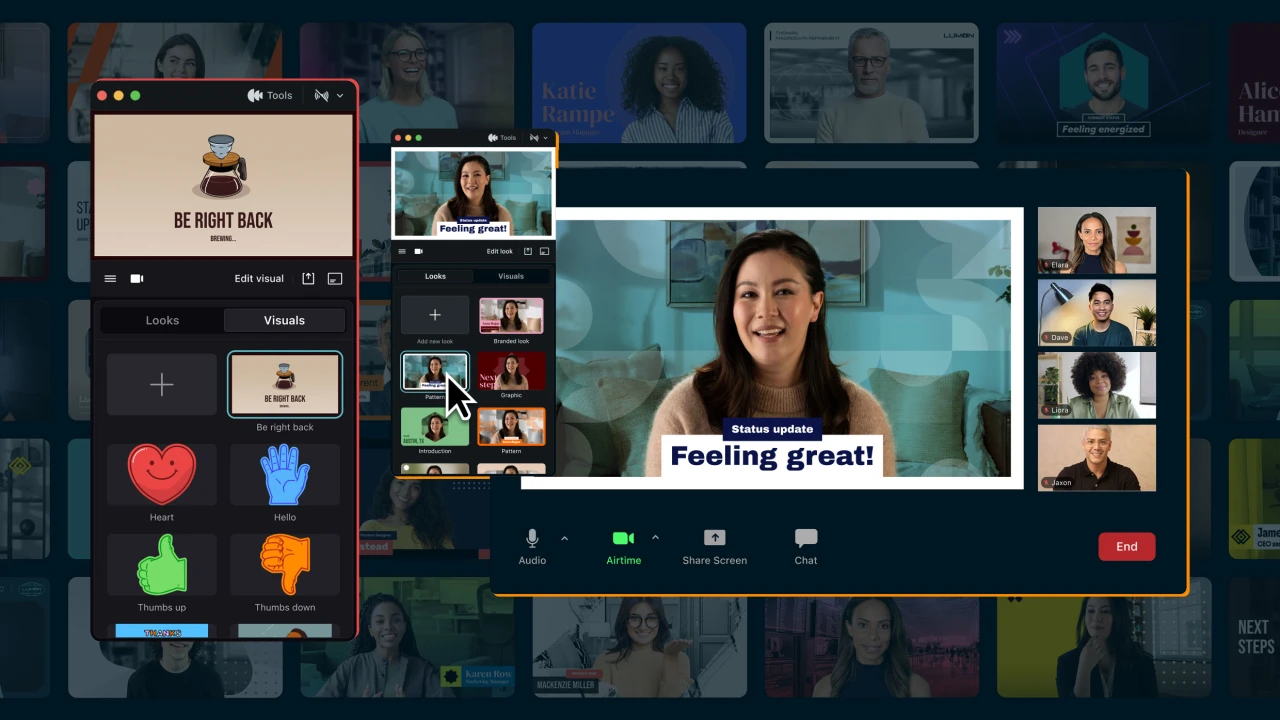Build optimism—don’t debate it
“I know how this ends. I’m sitting here watching it unfold like a slow-motion movie—knowing exactly where it leads in 10 years from now, and feeling like I can’t stop it.” That line—as one founder put it during a recent gathering, captures the emotional temperature across tech, philanthropy, and the social innovation world in 2025. People care. But they’re cautious. Panels are packed. Questions are asked. Yet action feels stuck. We don’t need another diagnosis. We need a shift from performative hope to pragmatic optimism. From words to scaffolding. From reflection to response. The readiness signal Across recent Fast Company Impact Council, Skoll Forum, and European ESG Forum events, from New York to Oxford to Brussels, my team and I have been sensing the same tension. Different contexts, same emotional current: uncertainty, caution, yet unmistakable readiness to act. From Fast Company’s Tech for Good and Human Leadership roundtables to Skoll Sidebar breakout rooms, the questions were strikingly direct: Can we still act globally in a world turning inward? How do we build trust without diluting purpose? Here’s the real question, “Will the answers leave the room and bring tangible change?” As one insider framed it, “How can we stay mission-driven while navigating expectations that shift almost daily? One statement today could feel outdated or risky by tomorrow.” The appetite for action is real. What’s missing is the structure: reliable ways to experiment, collaborate, and scale without getting lost in noise or paralyzed by risk. The hesitation gap In the U.S., philanthropic collaboratives gained momentum in the early 2020s as a lean, expert-led model of giving. According to Bridgespan’s 2023 report, nearly 200 such collaboratives collectively deployed between $2 and $3 billion in 2021 alone. The report attributes this rise, in part, to growing interest among newer philanthropists in pooled giving platforms that resemble “mutual funds for impact.” For many, the appeal wasn’t just scale, it was structure. Donors were looking for ways to contribute without building foundations or going it alone. What this signals is important: Philanthropy wasn’t lacking intent. It was searching for shared, trusted vehicles to act. People want confidence that what they step into will work. Not another vague framework. Something proven, buildable, and timely. When building beats talking What if the best way forward isn’t more debating, but better prototypes that take into consideration all those different interests? At Tech To The Rescue, we’re seeing glimpses of this future. Our AI for Changemakers nonprofit acceleration program has mobilized nearly 500 tech companies to co-build with more than 110 nonprofits since its 2024 launch. When small, focused tech teams co-build with urgency, the result isn’t just a tool, it’s a proof of possibility. It looks like Alsama (UK/Lebanon), partnering with tech company to roll out innovative education programs in refugee camps, compressing 12 years of learning into six for refugee youth, AsyLex (Switzerland), which co-built an AI assistant helping asylum seekers file human rights appeals to UN bodies or Justdiggit (Africa), now building AI powered chatbots to spread regreening techniques to farming communities across African countries. These organizations didn’t need another strategy session. They needed trusted co-builders, tools, and a chance to start building. This co-creation model is becoming a movement. The road isn’t simple, but it’s being paved one partnership at a time and it’s what I believe pragmatic optimism should look like in practice. If you want to help, build That’s why at Tech To The Rescue we’re shaping something new—a collaborative model born from many conversations, especially during our recent EuroLab experience. Not a think tank, not a conference. A hands-on space where NGOs, technologists, and funders build together. Small teams. Time-boxed sprints. Open-source lessons. A replicable engine for pragmatic optimism designed to scale across sectors and geographies. If you’re a funder, you should support models that can be scaled. If you lead a nonprofit, ask not who will invite you in, but what you can prototype. If you’re in tech, make your skills available to working systems, not just solutions. Let’s build co-creation labs, not just roundtables. Let’s equip optimism with tools. Let’s stop waiting. So let’s start. If you’re already prototyping solutions that tackle humanity’s burning problems, share what’s working with others. If you’re stuck, find one small team and test an idea together. And if you’re waiting for a model to follow, this is it. The time to build is (still) now. Jacek Siadkowski is CEO and cofounder of Tech To The Rescue.

“I know how this ends. I’m sitting here watching it unfold like a slow-motion movie—knowing exactly where it leads in 10 years from now, and feeling like I can’t stop it.”
That line—as one founder put it during a recent gathering, captures the emotional temperature across tech, philanthropy, and the social innovation world in 2025. People care. But they’re cautious. Panels are packed. Questions are asked. Yet action feels stuck.
We don’t need another diagnosis. We need a shift from performative hope to pragmatic optimism. From words to scaffolding. From reflection to response.
The readiness signal
Across recent Fast Company Impact Council, Skoll Forum, and European ESG Forum events, from New York to Oxford to Brussels, my team and I have been sensing the same tension. Different contexts, same emotional current: uncertainty, caution, yet unmistakable readiness to act.
From Fast Company’s Tech for Good and Human Leadership roundtables to Skoll Sidebar breakout rooms, the questions were strikingly direct: Can we still act globally in a world turning inward? How do we build trust without diluting purpose?
Here’s the real question, “Will the answers leave the room and bring tangible change?” As one insider framed it, “How can we stay mission-driven while navigating expectations that shift almost daily? One statement today could feel outdated or risky by tomorrow.”
The appetite for action is real. What’s missing is the structure: reliable ways to experiment, collaborate, and scale without getting lost in noise or paralyzed by risk.
The hesitation gap
In the U.S., philanthropic collaboratives gained momentum in the early 2020s as a lean, expert-led model of giving. According to Bridgespan’s 2023 report, nearly 200 such collaboratives collectively deployed between $2 and $3 billion in 2021 alone. The report attributes this rise, in part, to growing interest among newer philanthropists in pooled giving platforms that resemble “mutual funds for impact.” For many, the appeal wasn’t just scale, it was structure. Donors were looking for ways to contribute without building foundations or going it alone.
What this signals is important: Philanthropy wasn’t lacking intent. It was searching for shared, trusted vehicles to act. People want confidence that what they step into will work. Not another vague framework. Something proven, buildable, and timely.
When building beats talking
What if the best way forward isn’t more debating, but better prototypes that take into consideration all those different interests?
At Tech To The Rescue, we’re seeing glimpses of this future. Our AI for Changemakers nonprofit acceleration program has mobilized nearly 500 tech companies to co-build with more than 110 nonprofits since its 2024 launch. When small, focused tech teams co-build with urgency, the result isn’t just a tool, it’s a proof of possibility.
It looks like Alsama (UK/Lebanon), partnering with tech company to roll out innovative education programs in refugee camps, compressing 12 years of learning into six for refugee youth, AsyLex (Switzerland), which co-built an AI assistant helping asylum seekers file human rights appeals to UN bodies or Justdiggit (Africa), now building AI powered chatbots to spread regreening techniques to farming communities across African countries.
These organizations didn’t need another strategy session. They needed trusted co-builders, tools, and a chance to start building. This co-creation model is becoming a movement. The road isn’t simple, but it’s being paved one partnership at a time and it’s what I believe pragmatic optimism should look like in practice.
If you want to help, build
That’s why at Tech To The Rescue we’re shaping something new—a collaborative model born from many conversations, especially during our recent EuroLab experience. Not a think tank, not a conference. A hands-on space where NGOs, technologists, and funders build together. Small teams. Time-boxed sprints. Open-source lessons. A replicable engine for pragmatic optimism designed to scale across sectors and geographies.
If you’re a funder, you should support models that can be scaled. If you lead a nonprofit, ask not who will invite you in, but what you can prototype. If you’re in tech, make your skills available to working systems, not just solutions.
Let’s build co-creation labs, not just roundtables. Let’s equip optimism with tools. Let’s stop waiting.
So let’s start. If you’re already prototyping solutions that tackle humanity’s burning problems, share what’s working with others. If you’re stuck, find one small team and test an idea together. And if you’re waiting for a model to follow, this is it. The time to build is (still) now.
Jacek Siadkowski is CEO and cofounder of Tech To The Rescue.
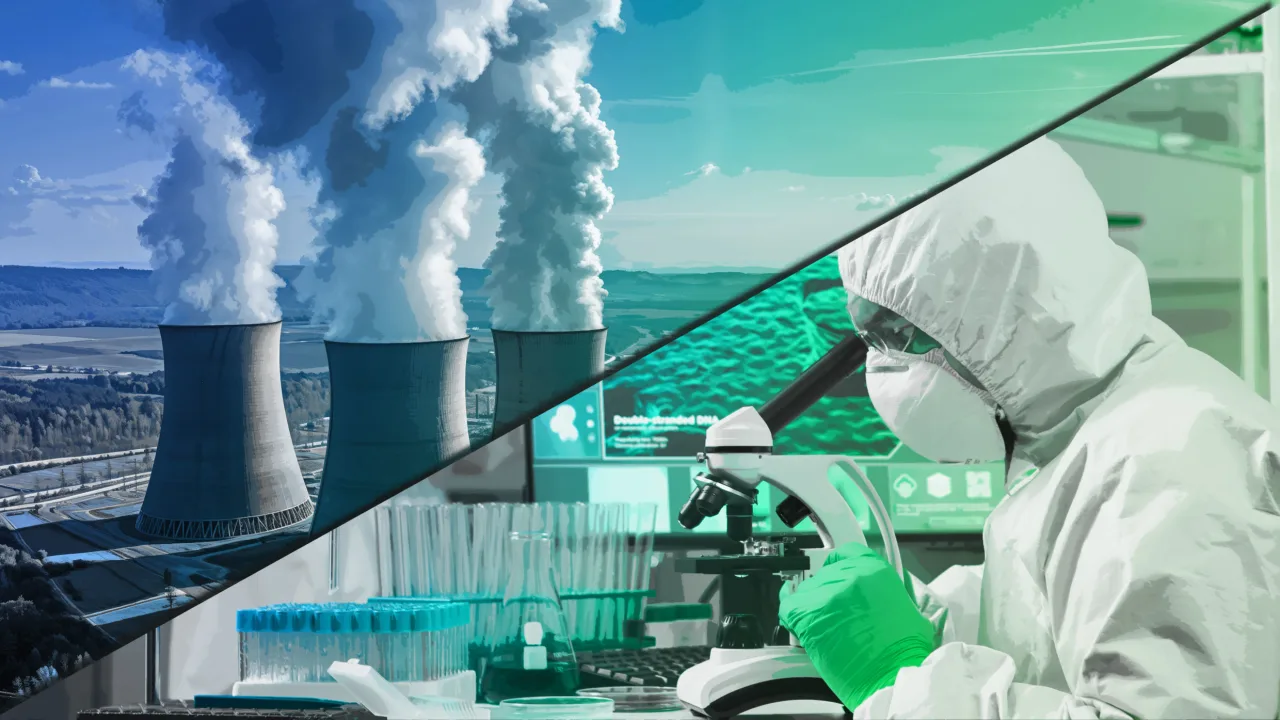























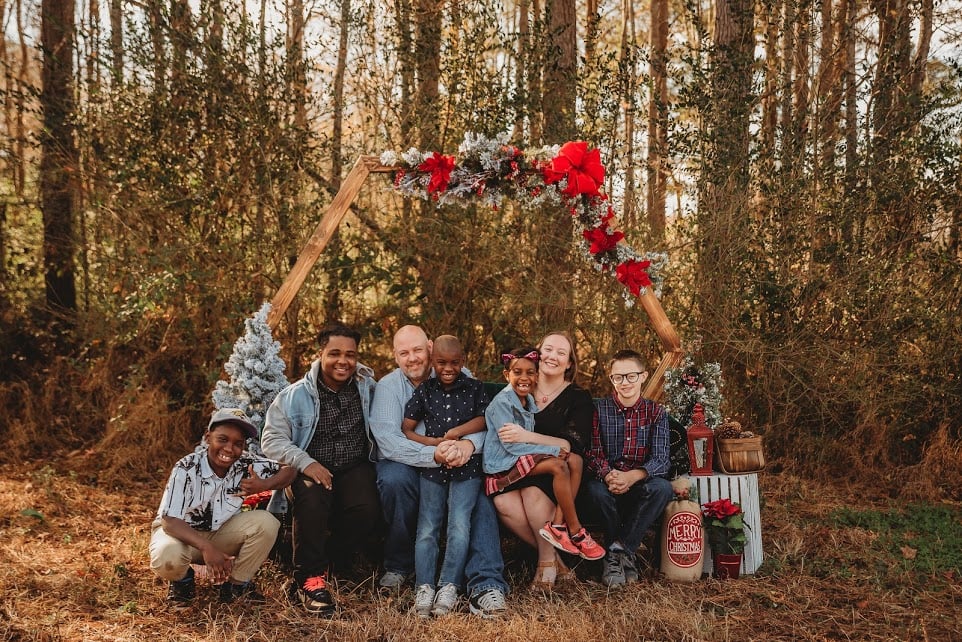









































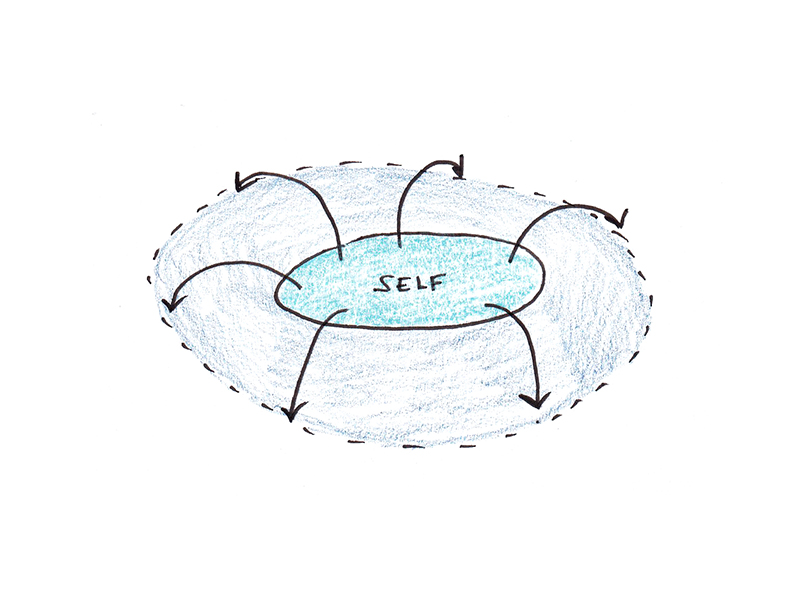
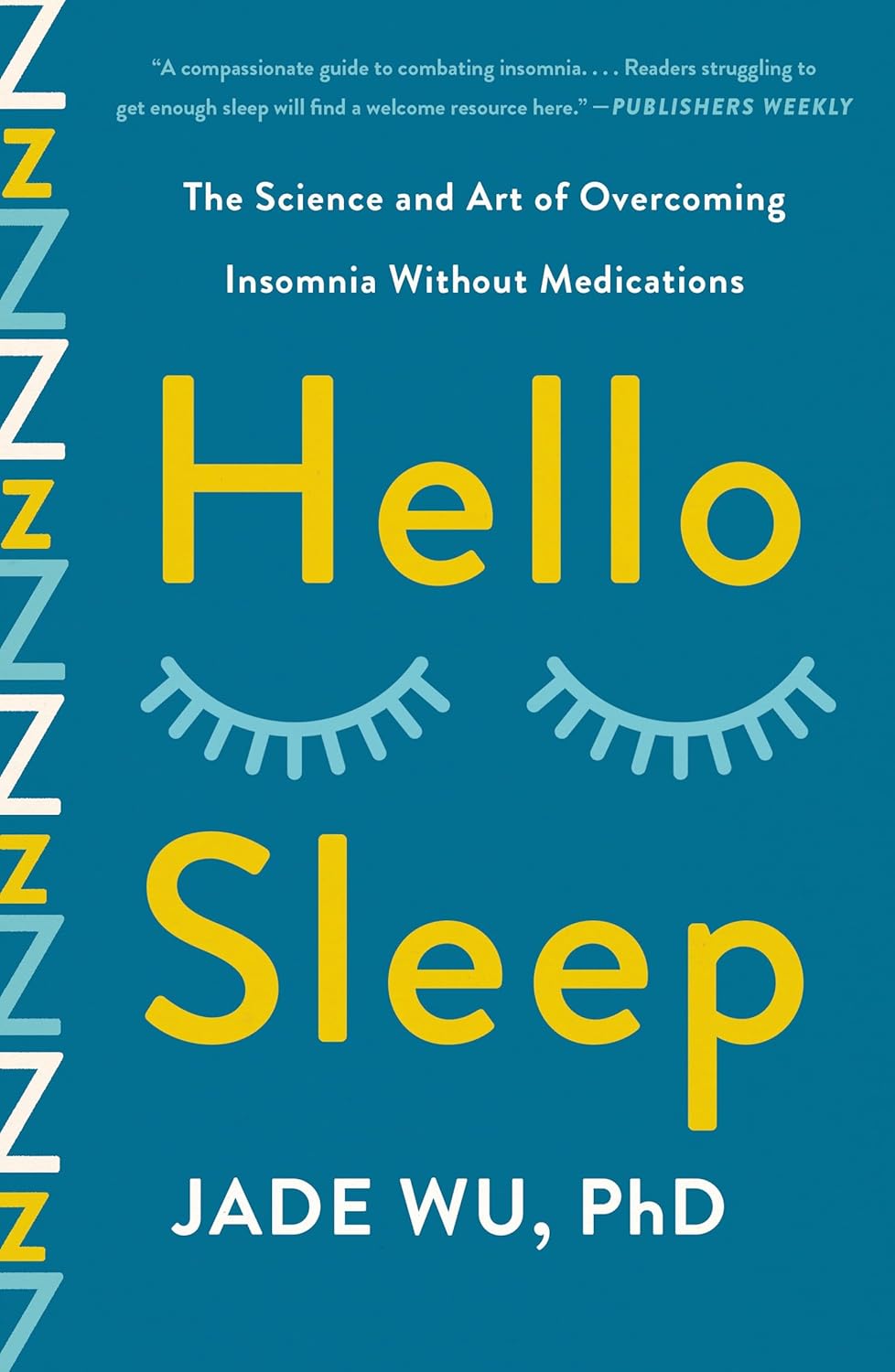
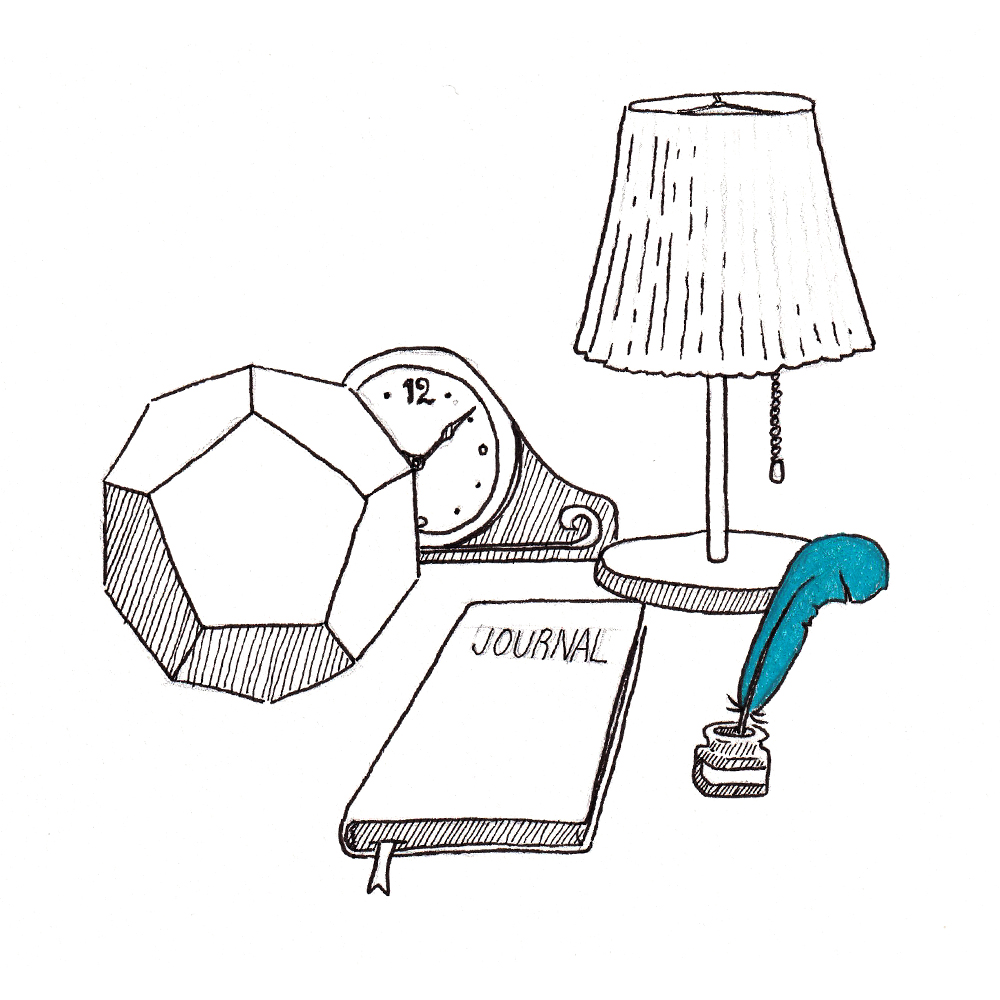



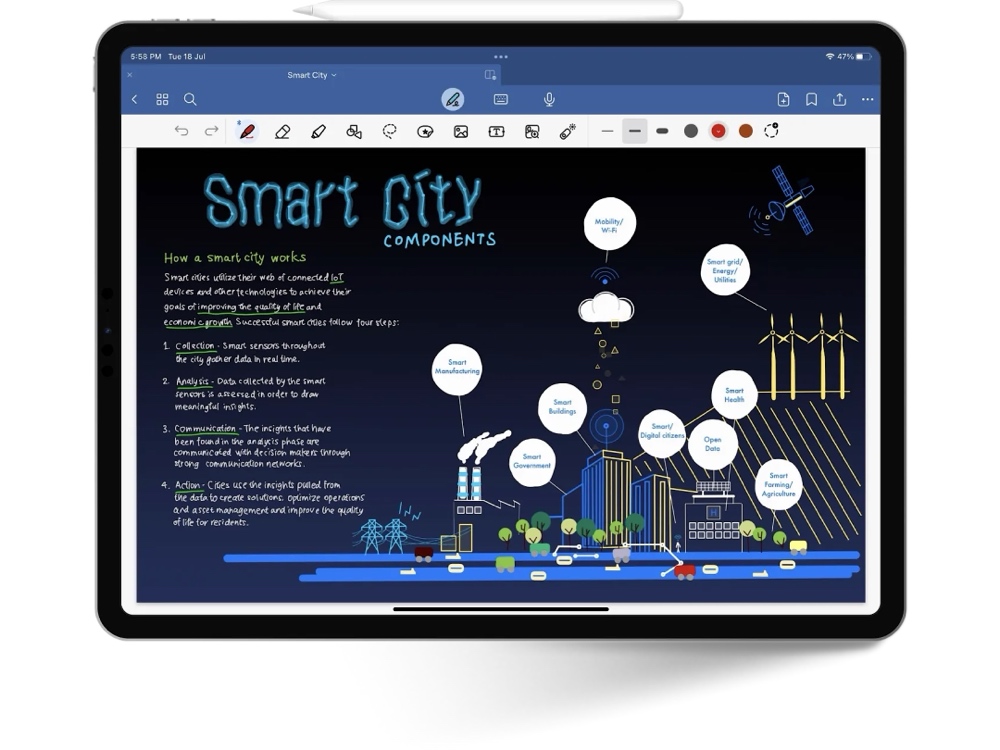

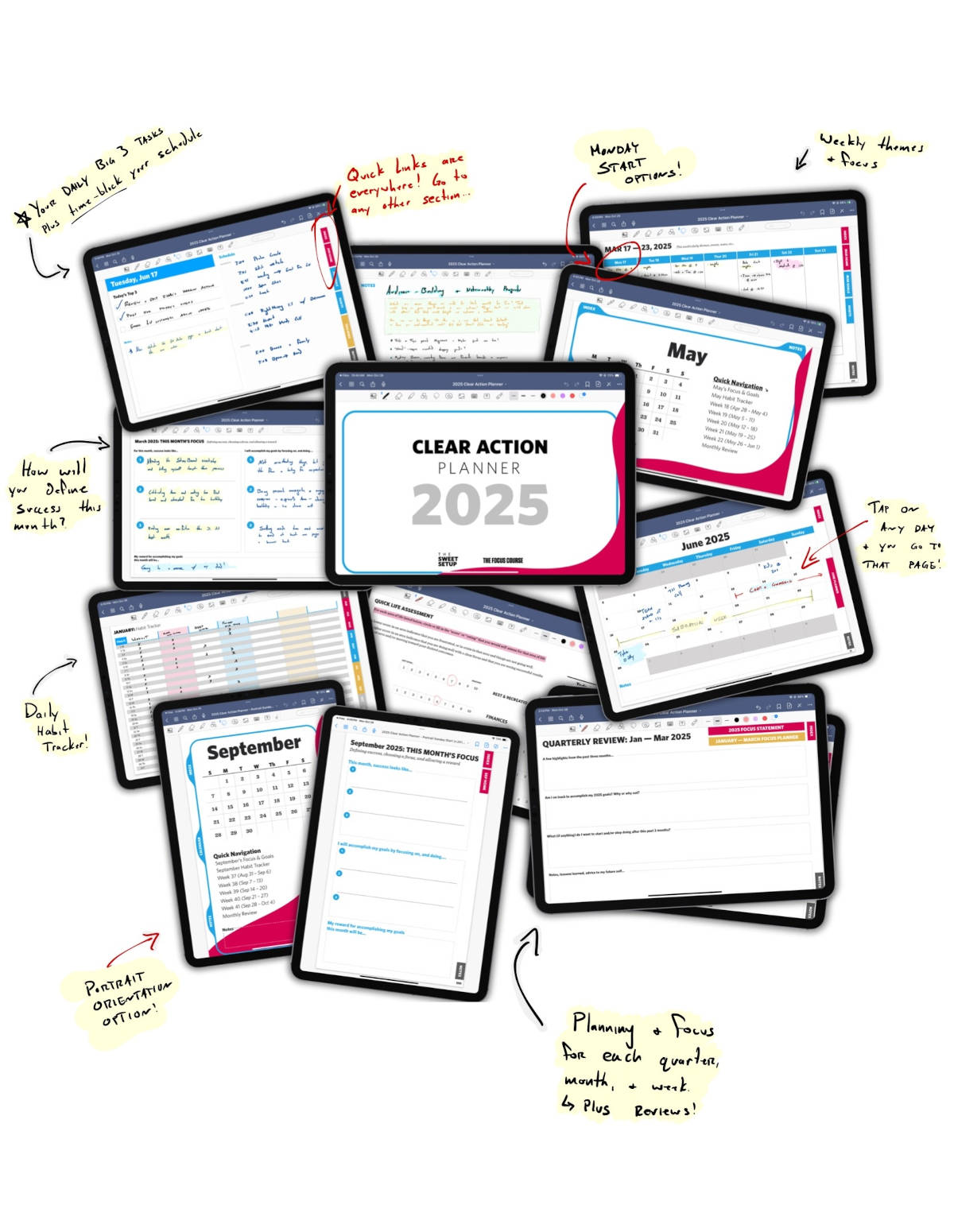
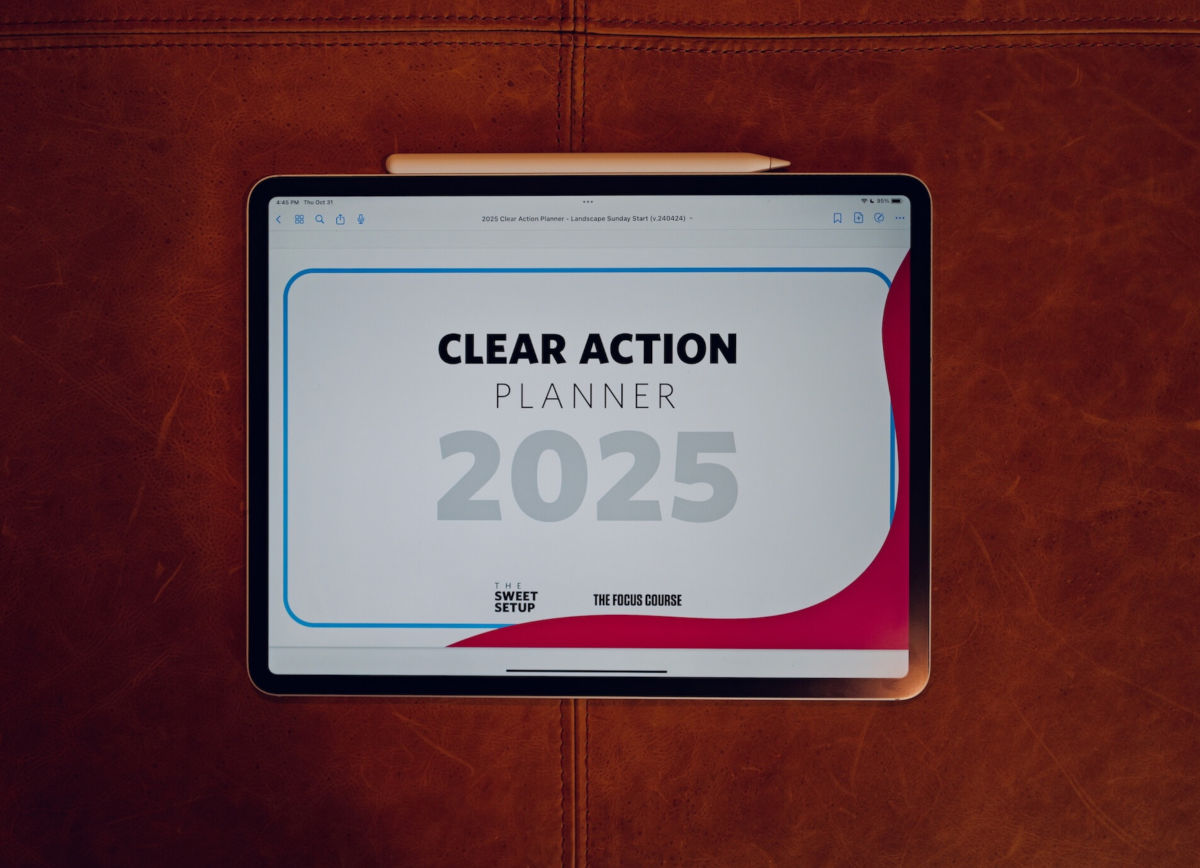

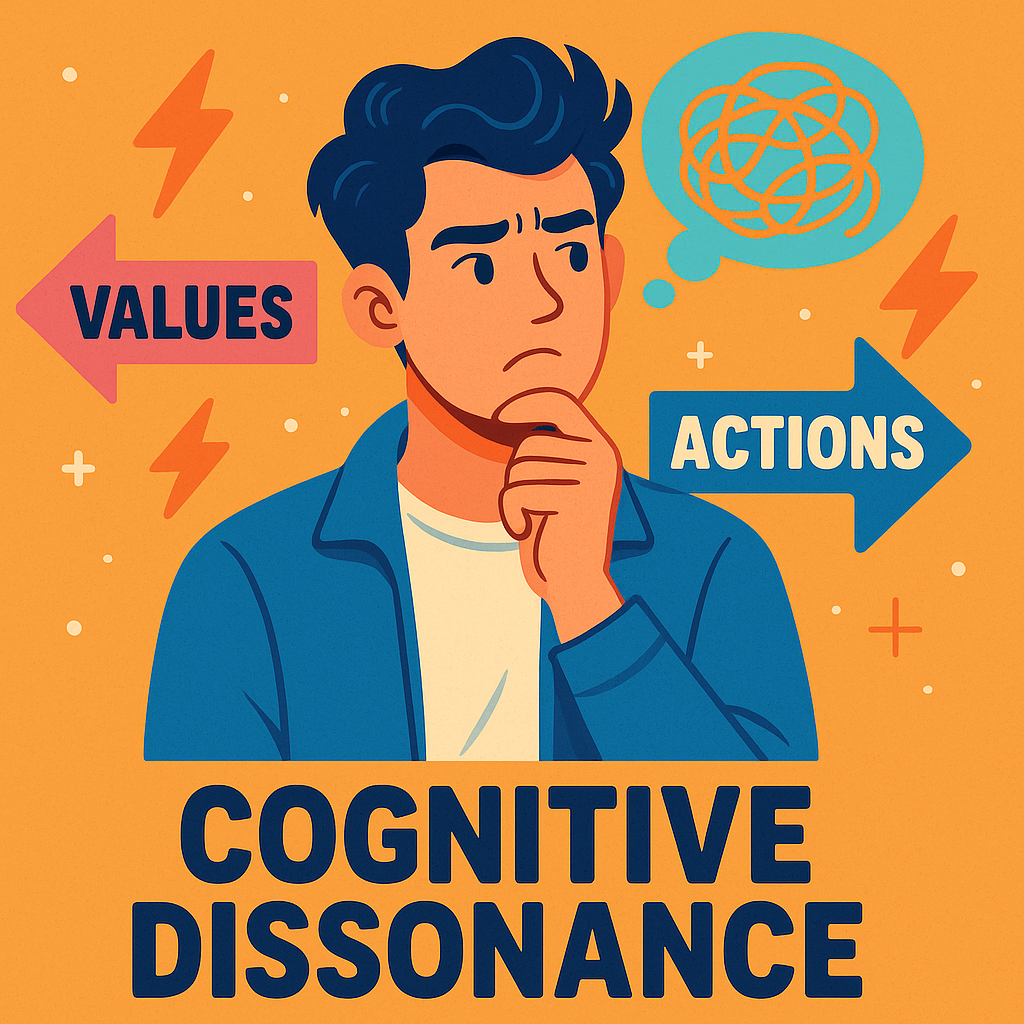
![[產品開發] 將軍事命令導入溝通流程](https://miro.medium.com/v2/resize:fit:1200/1*MnyU12wgliMdDNzilW1XTQ.jpeg)

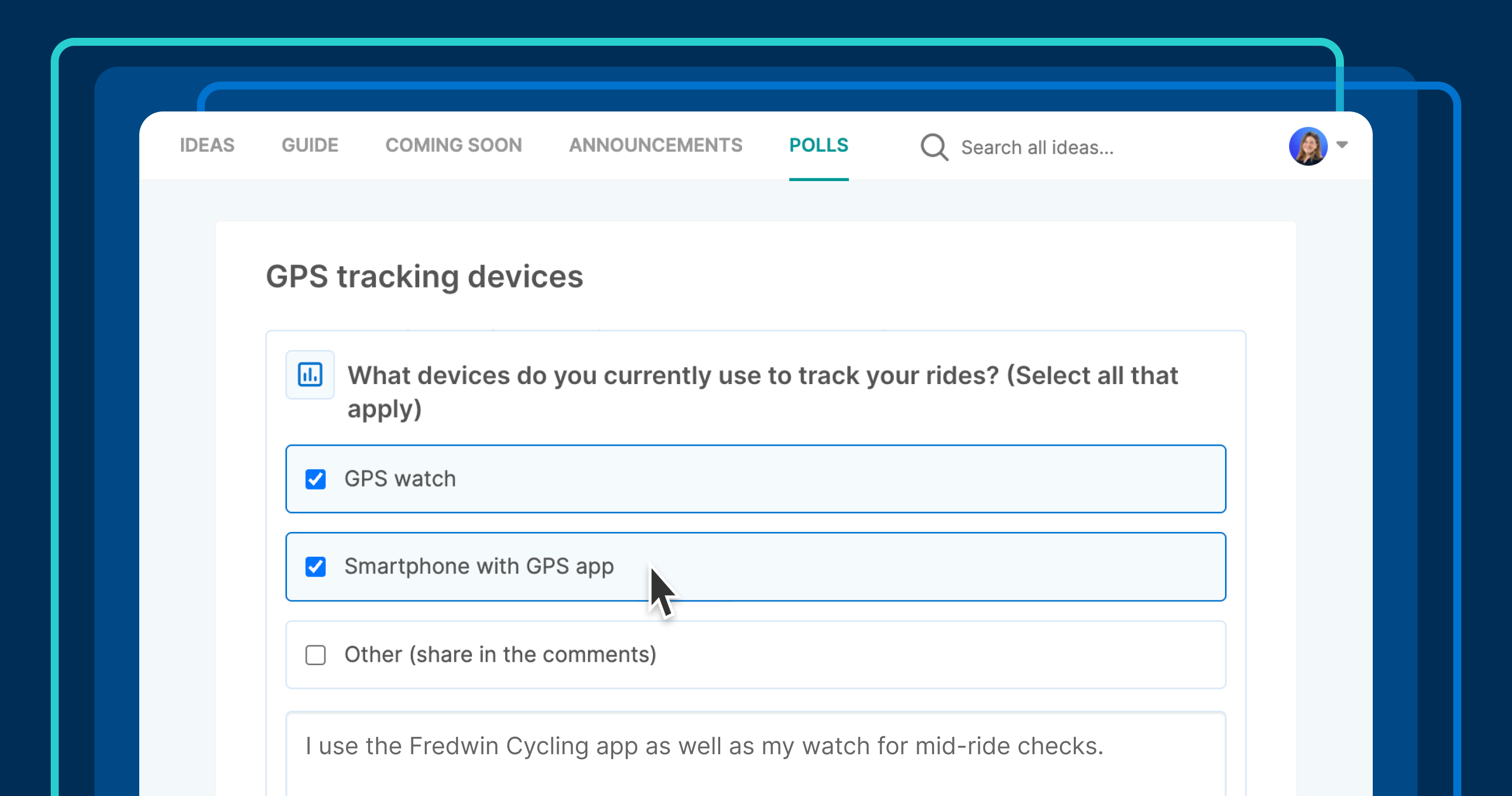








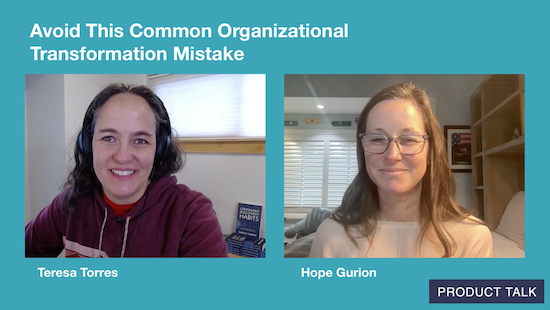
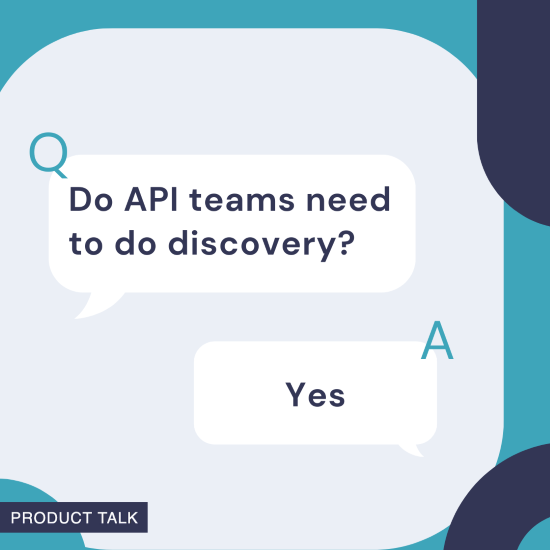









![Building A Digital PR Strategy: 10 Essential Steps for Beginners [With Examples]](https://buzzsumo.com/wp-content/uploads/2023/09/Building-A-Digital-PR-Strategy-10-Essential-Steps-for-Beginners-With-Examples-bblog-masthead.jpg)
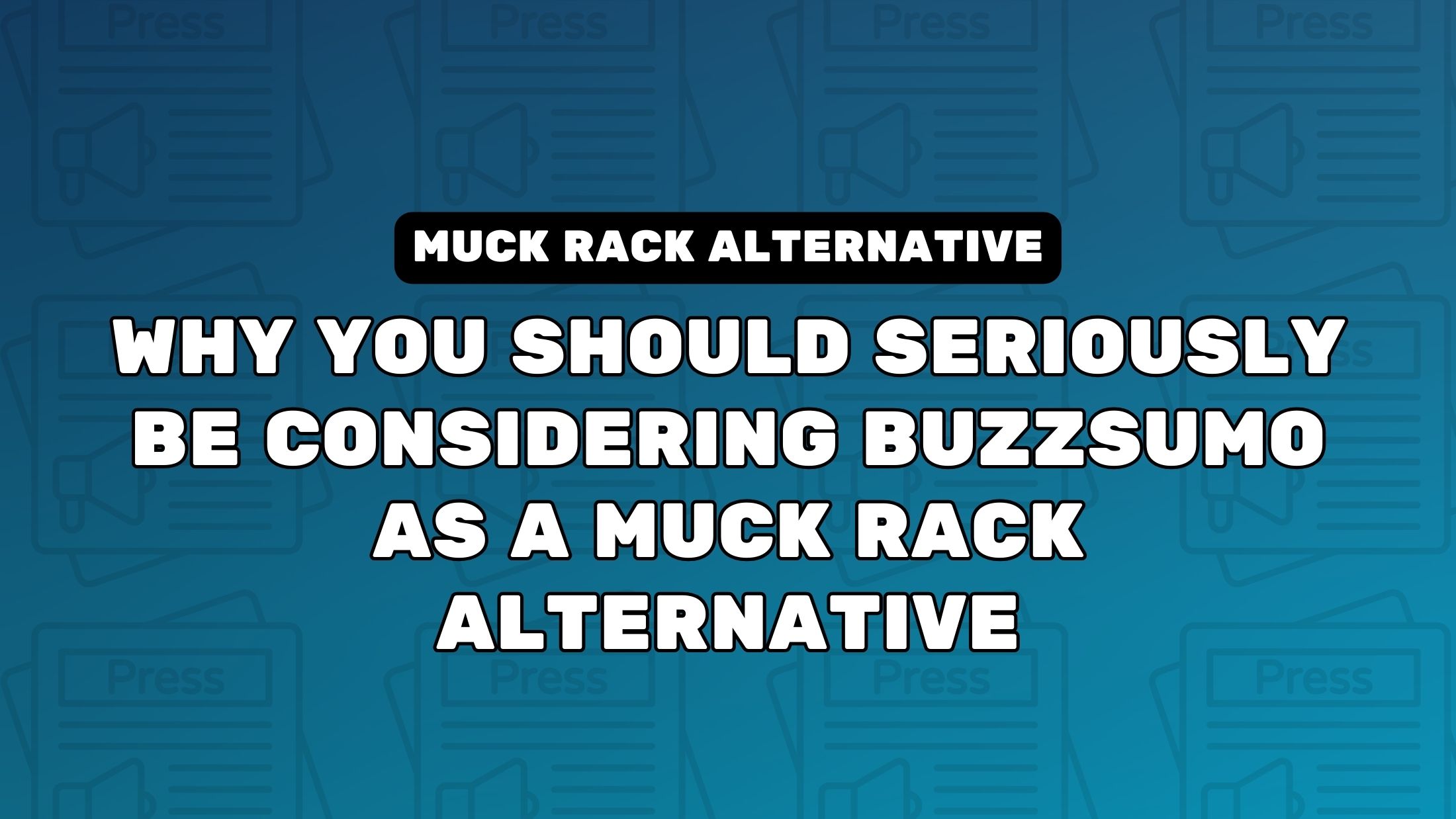
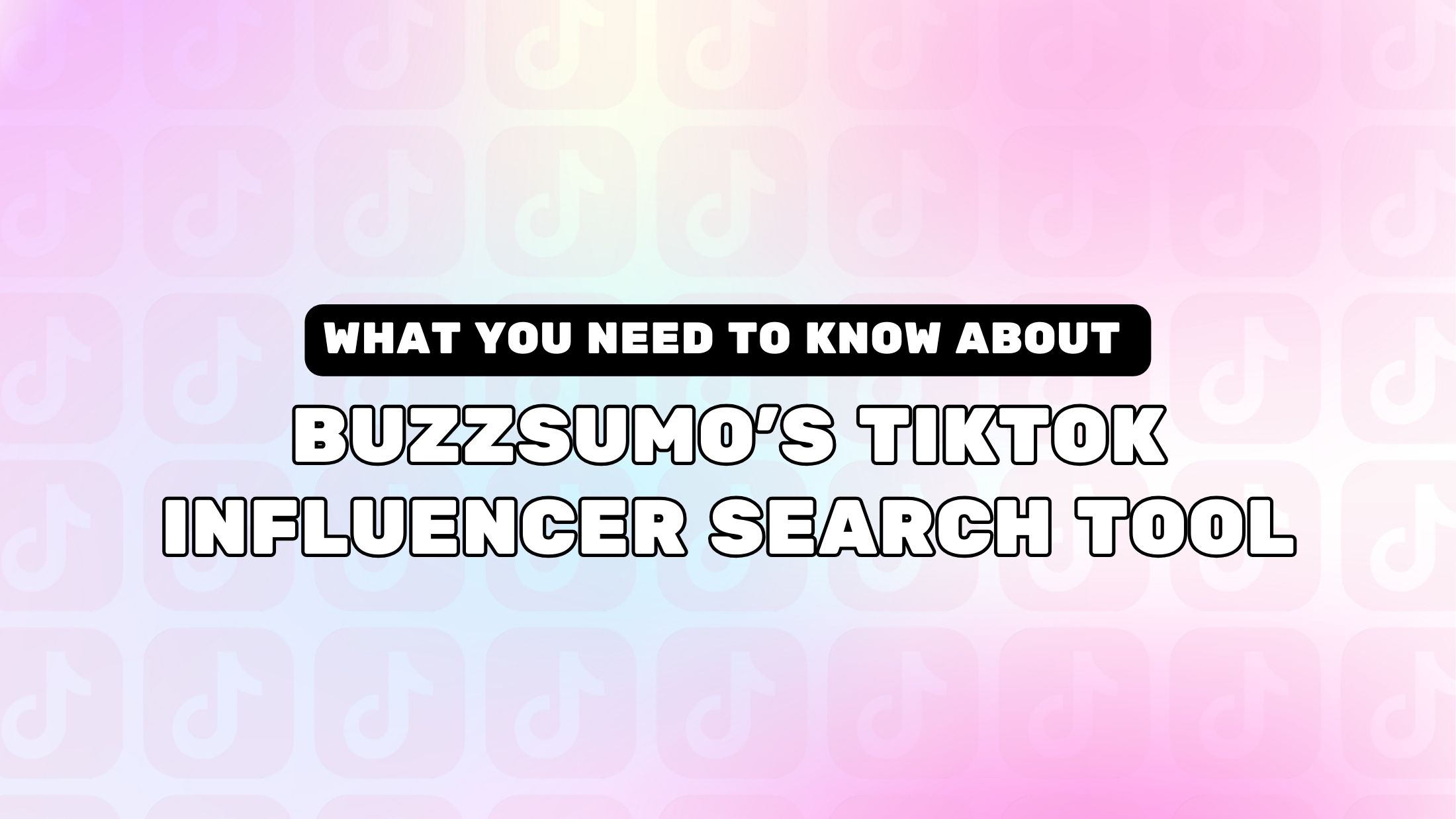
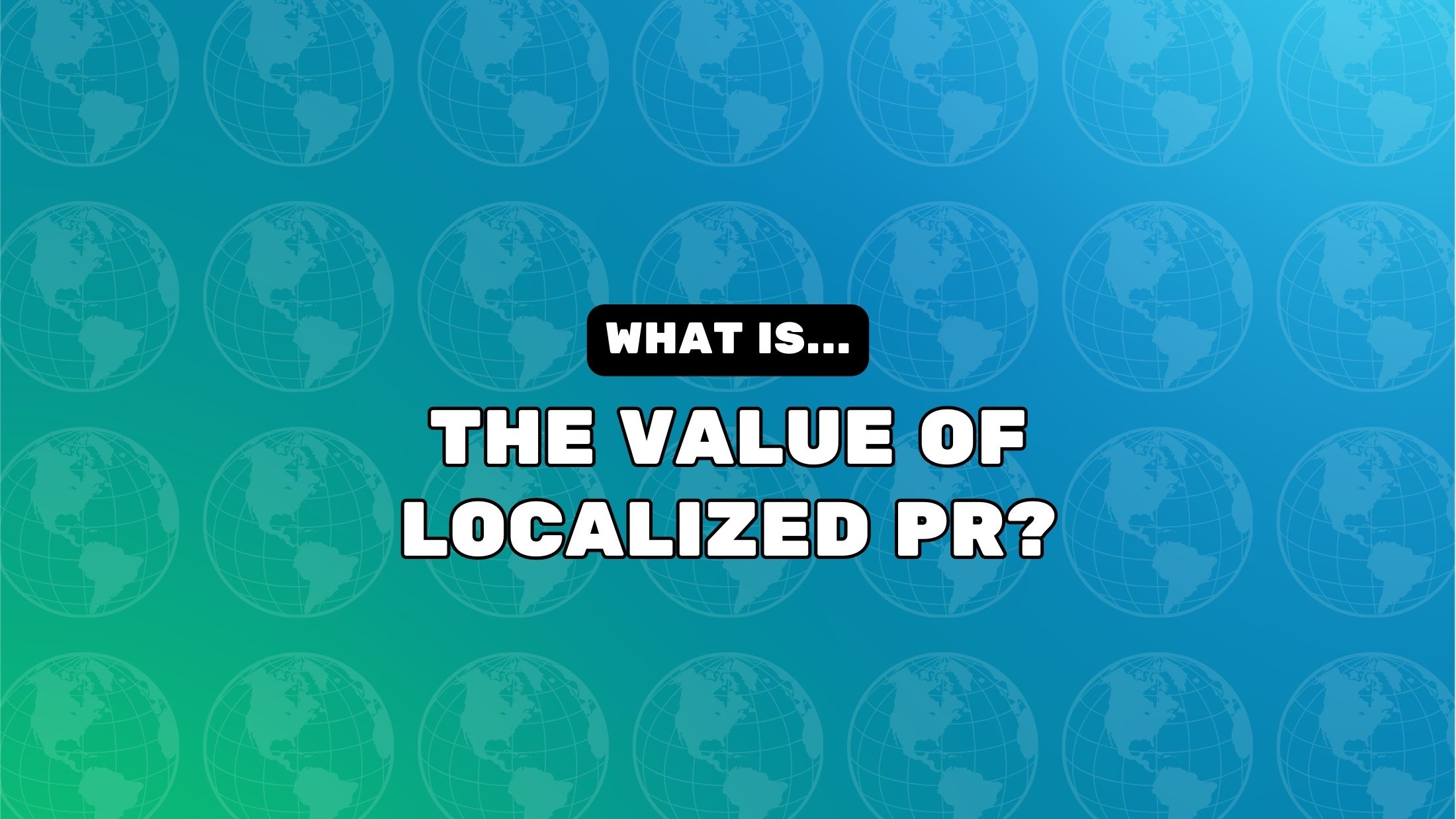


























![Senior Support Engineer - US West [IC3] at Sourcegraph](
https://nodesk.co/remote-companies/assets/logos/sourcegraph.f91af2c37bfa65f4a3a16b8d500367636e2a0fa3f05dcdeb13bf95cf6de09046.png
)














